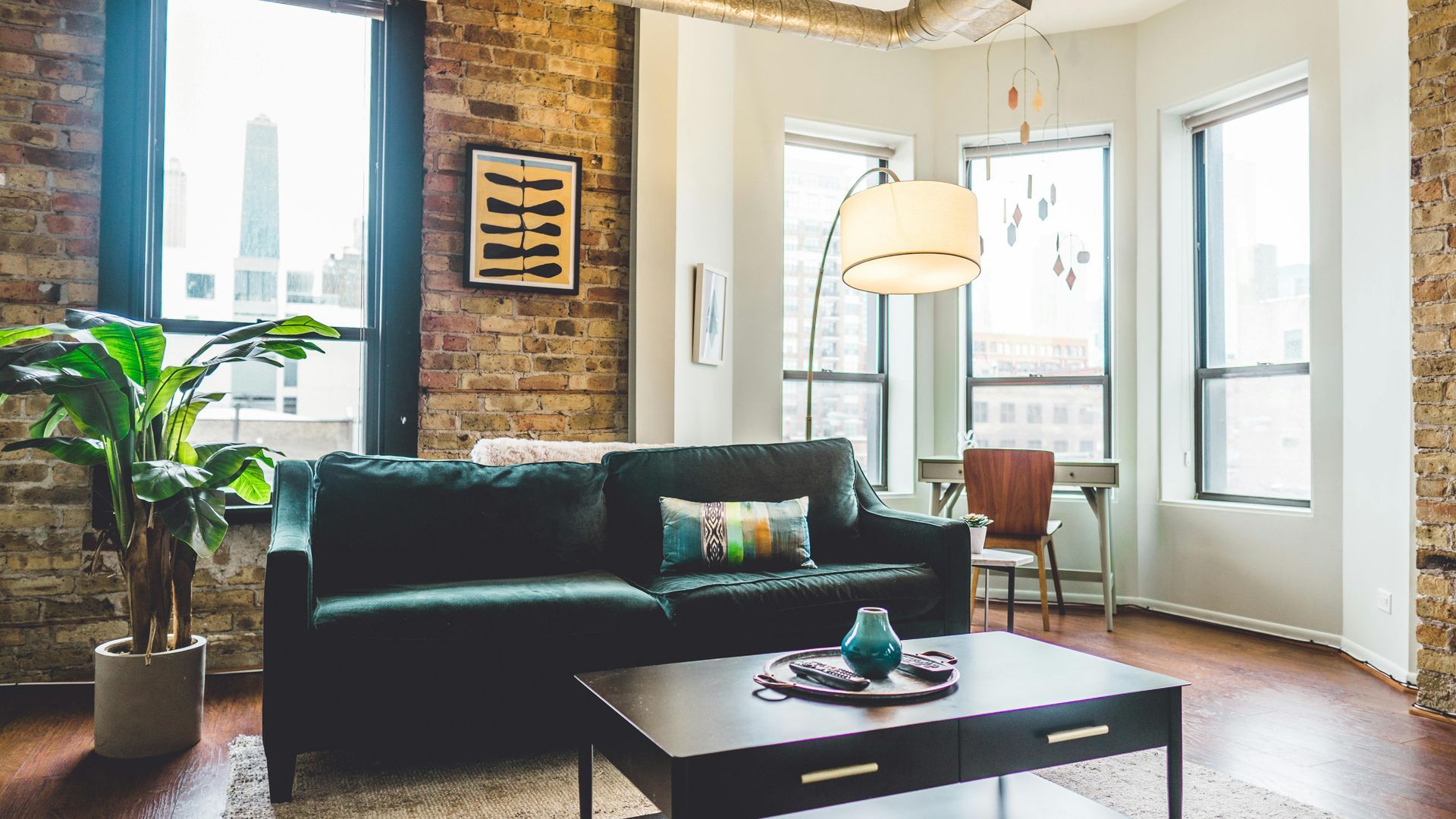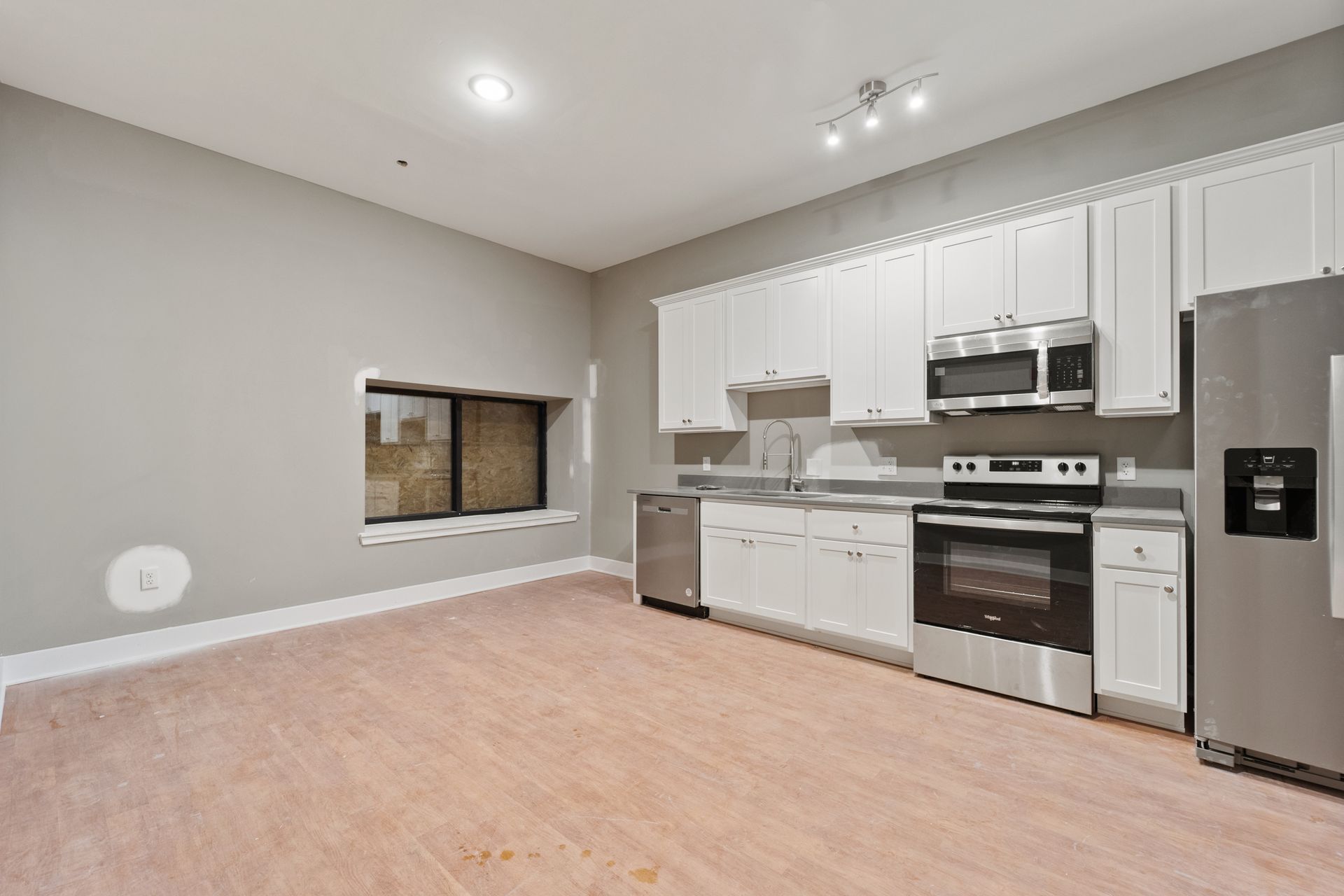Flex Deposit vs. Traditional Security Deposit: What Baltimore Renters Should Know
If you’re getting ready to rent your first apartment, or just moving to a new one, there’s a good chance you’ve been told about the security deposit. It’s one of those upfront costs most renters are familiar with. But in recent years, something new has popped up: the Flex Deposit.
For anyone looking at downtown Baltimore apartments, especially in buildings managed by Trademark Properties, it’s helpful to understand the difference between these two options. One could save you money up front, while the other could help you get that money back later. Let’s break down both so you can make the best choice for your situation.
What Is a Traditional Security Deposit?
A traditional security deposit is a one-time payment you make when signing a lease. Most of the time, it’s equal to one month’s rent. This money is held by the property manager or landlord and is returned to you after you move out, pending you’ve met all the requirements for getting it returned.
It’s basically a way for landlords to protect themselves. If you leave behind damage, unpaid rent, or violate part of your lease, that money can be used to cover it.
The upside is that it’s refundable. If you keep the apartment clean, follow the rules, and don’t owe any money, you’ll get it back plus applicable interest. The downside? You need to come up with that full amount before move-in, which can be a stretch for some renters, especially on top of first month’s rent, moving costs, and new furniture.
What’s a Flex Deposit?
A Flex Deposit works differently. Instead of paying a large sum of money up front, you pay a smaller, non-refundable fee, either once or broken into monthly payments.
This option lowers your move-in costs, which can be a big help if you’re trying to move quickly or don’t have a lot saved. Flex Deposit programs often have more flexible qualification standards and may not require a credit check.
But there’s a catch: you won’t get that money back. Even if you leave your apartment spotless and never miss a rent payment, the Flex Deposit fee stays with the company offering it. It’s a tradeoff: less up front, but nothing back at the end.
Which One Makes More Sense?
It depends on your situation. If you have enough savings to comfortably pay a full deposit, and you plan to take good care of your space, a traditional deposit might be the better choice because you can potentially get that money back when you move out. But if you’re tight on cash now, a Flex Deposit might help you move in sooner without wiping out your budget.
Here are a few questions to ask yourself:
- Can I afford a full deposit today?
- Would spreading out payments help me move in faster?
- Am I okay with not getting that money back later?
- How long do I plan to stay in this apartment?
Everyone’s financial situation is different. What’s important is that you understand how each option works and feel confident in the choice you make.
What Happens If There’s Damage?
This is important to know: no matter which option you choose, you’re still responsible for paying for damage or unpaid rent. A Flex Deposit doesn’t protect you from that. It just changes how you pay at the beginning.
So, whether you go the traditional route or opt for a Flex Deposit, taking care of your space and paying rent on time will help avoid any extra charges when it’s time to move out.
Flexibility for Modern Renters in Downtown Baltimore
Baltimore has become an exciting place to live for people of all backgrounds, whether you’re a first time renter, relocating, or simply looking for a fresh start downtown. More people are choosing Baltimore downtown apartment living for its energy, walkability, and access to food, jobs, and entertainment.
Property managers like Trademark Properties are working to make the process of moving into downtown apartments in Baltimore more flexible and renter-friendly. By offering both traditional deposits and Flex Deposit options, they’re helping renters choose what works best for them.
If you're searching for a new apartment downtown, don't be afraid to ask about both options. A good leasing team will walk you through the pros and cons, explain the details, and make sure you know exactly what to expect, whether you’re paying a full deposit or going the flex route.
The Bottom Line
Moving into a new apartment should feel exciting, not stressful. If you’re looking at apartments in downtown Baltimore, take the time to understand your options when it comes to deposits. A traditional deposit might give you more back later, while a Flex Deposit could help you get in the door faster.
Either way, Trademark Properties is here to make Baltimore apartment living a little easier. With clear leasing options and apartments across the downtown area, we’re ready to help you find a space that fits your needs and budget.
Ready to learn more or schedule a tour? Reach out to the leasing team and ask about both flex and traditional deposits. The more you know, the more confident you’ll feel on move-in day.








